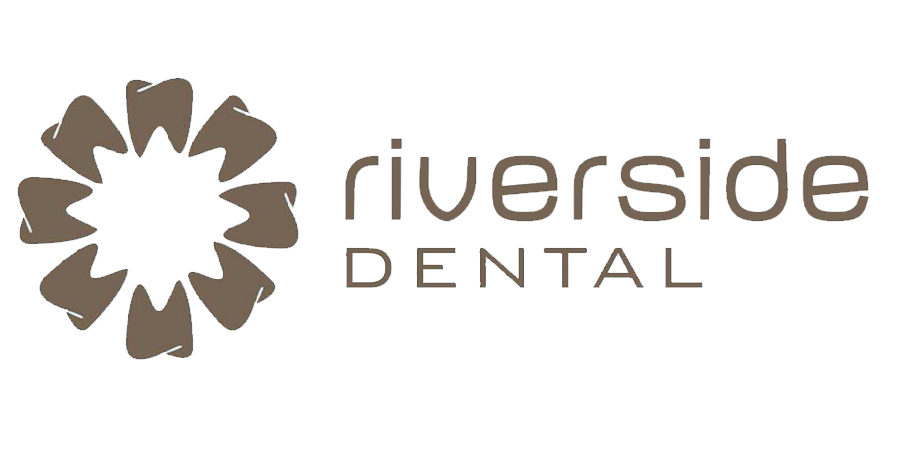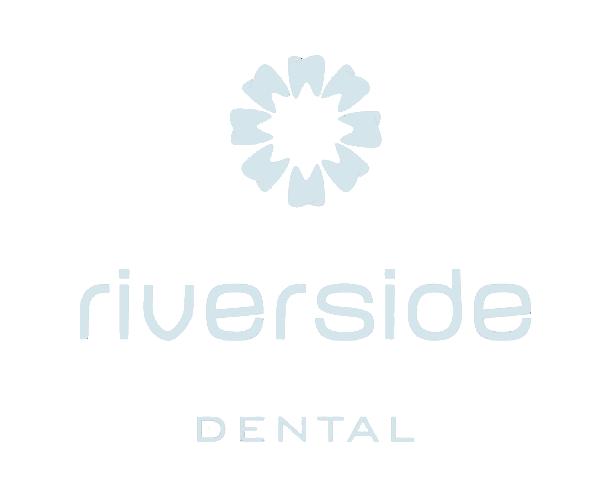by
Dr Patrick O’Rourke
Submitted May 16, 2017
Malocclusion is defined as an occlusion in which there is a mal relationship between the arches in any plane or space or anomalies in tooth position beyond limits of normality.
Many different classifications systems of the aetiology malocclusion exist in an attempt to define the main causes of malocclusion. Environmental influences on malocclusion include balanced forces and trauma. The relevance of these systems is to recognise the genetic influence originally in creating anatomic and spacial disturbance and systemic issues that influence the occlusion environmental factors are then intertwined.
Balanced forces follow the Newtonian laws of physics, they are the equilibrium of force exerted on to the teeth by the cheeks and the tongue in the posterior and the lips and the tongue on the anterior. It is possible to move a tooth with minimal force of 1.7GM. The tongue can exert a force up to 500gm and the lips between 100-300gm. The balance of these forces keeps the tooth in the bucco-lingual balance. Mesio-distal balance occurs through the contact points and through the transeptal fibres to resist movement.
Occlusal Cervical balance is between occlusal contact, soft tissue contact and metabolic activities t vs Eruptive forces in the PDL
Traumatic injuries can be from prenatal or birth injuries or post-natal trauma. Jaw fractures in childhood can affect growth and may create significant asymmetry.
Functional Influences
Thumb sucking: Digit sucking in the mixed and adult dentition can create significant malocclusion in the form of Anterior open bite flared and spaced incisors maxillary and lingual positioned lower incisors and development of posterior cross bite. Suppression and cessation of the habit is paramount to correction of the malocclusion and without relapse is sure to happen.
Breathing habits can influence the development of malocclusion with snoring being linked to lack of development of mid face height? No children should snore and appropriate referral to ENT should be made for adenoid and tonsil assessment. It is not clear cut that mouth breathing, altered posture causes the disturbances in growth and development of a malocclusion but further clarification studies are required.
Anterior tongue thrust is a posturing issue /habit with the tongue. It creates proclination of incisors and development of an anterior open bite and can be corrected by modifying or cessation of the habit. In treatment roughening of the lingual surface of the aligner will help dissuade the tongue from posturing forward.
Type and hardness nature of the food consumed can influence the growth of and the jaws spaces between the deciduous teeth and is thought to enhance the correct growth of the maxilla and mandible.

